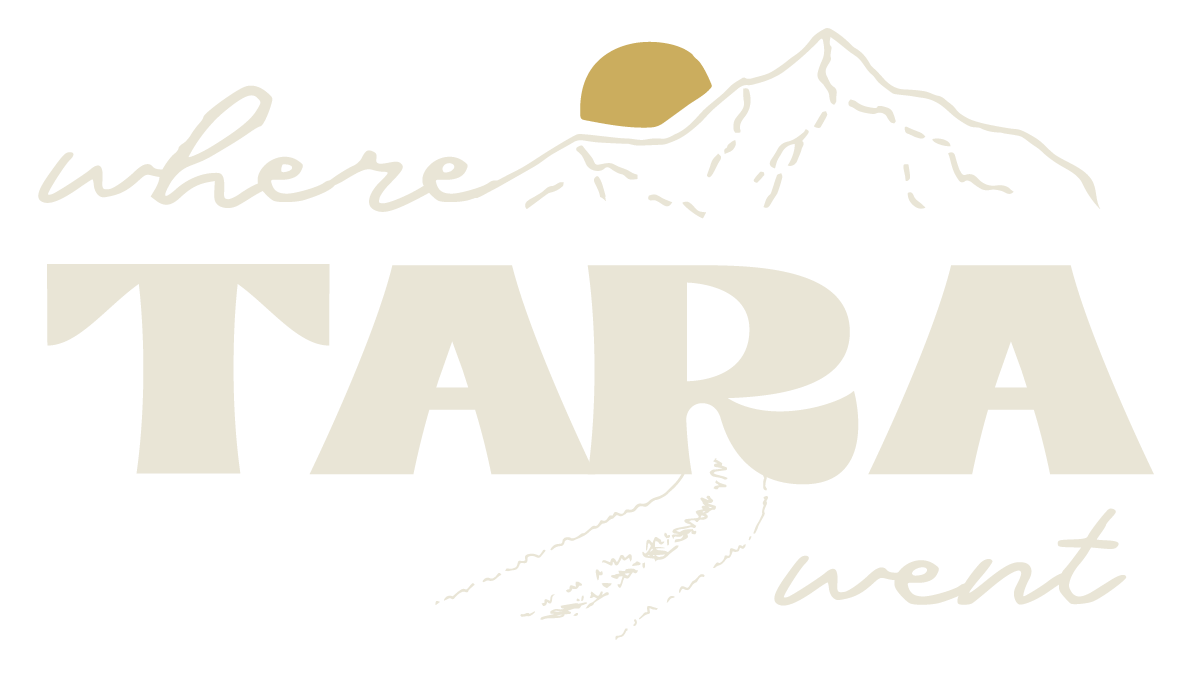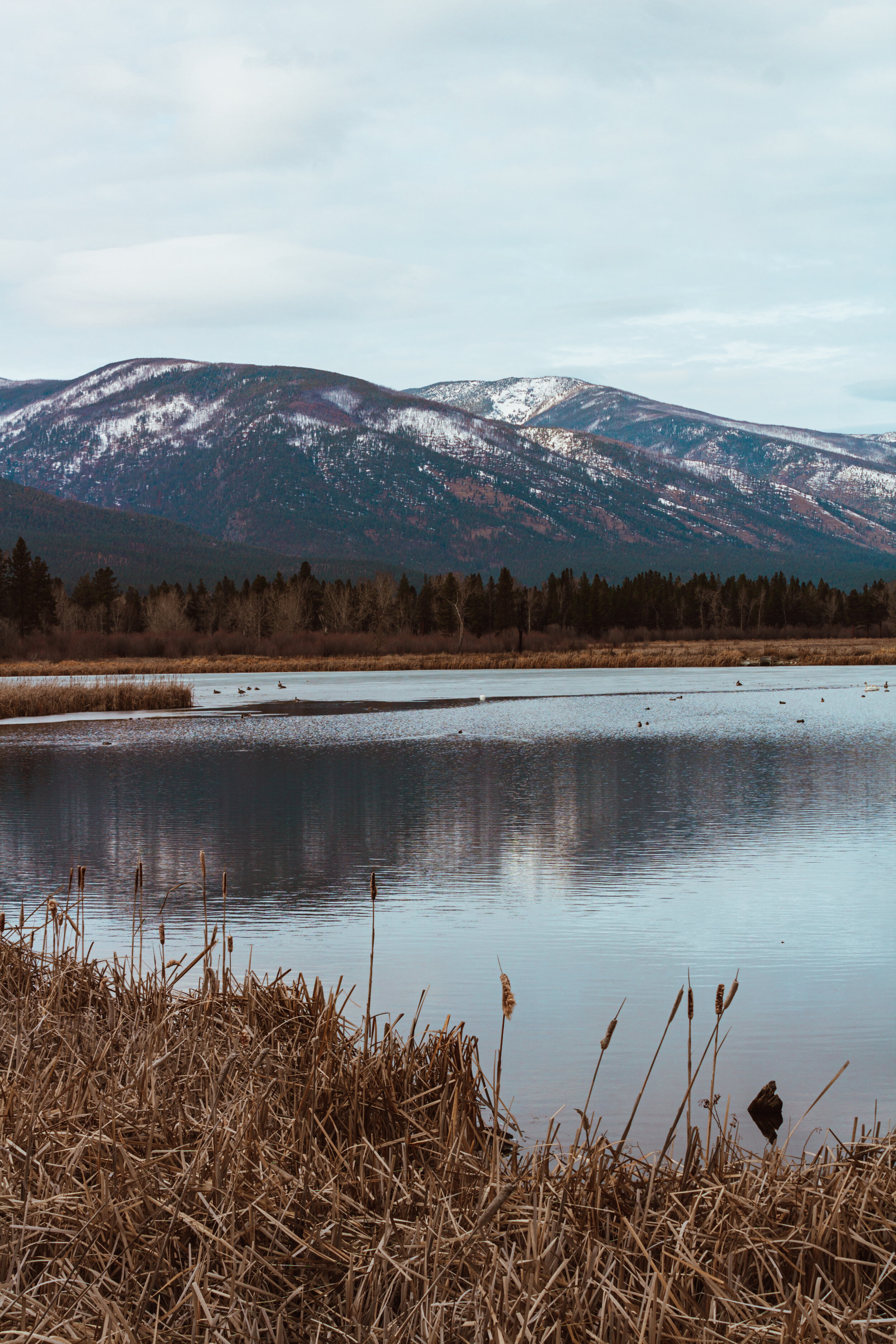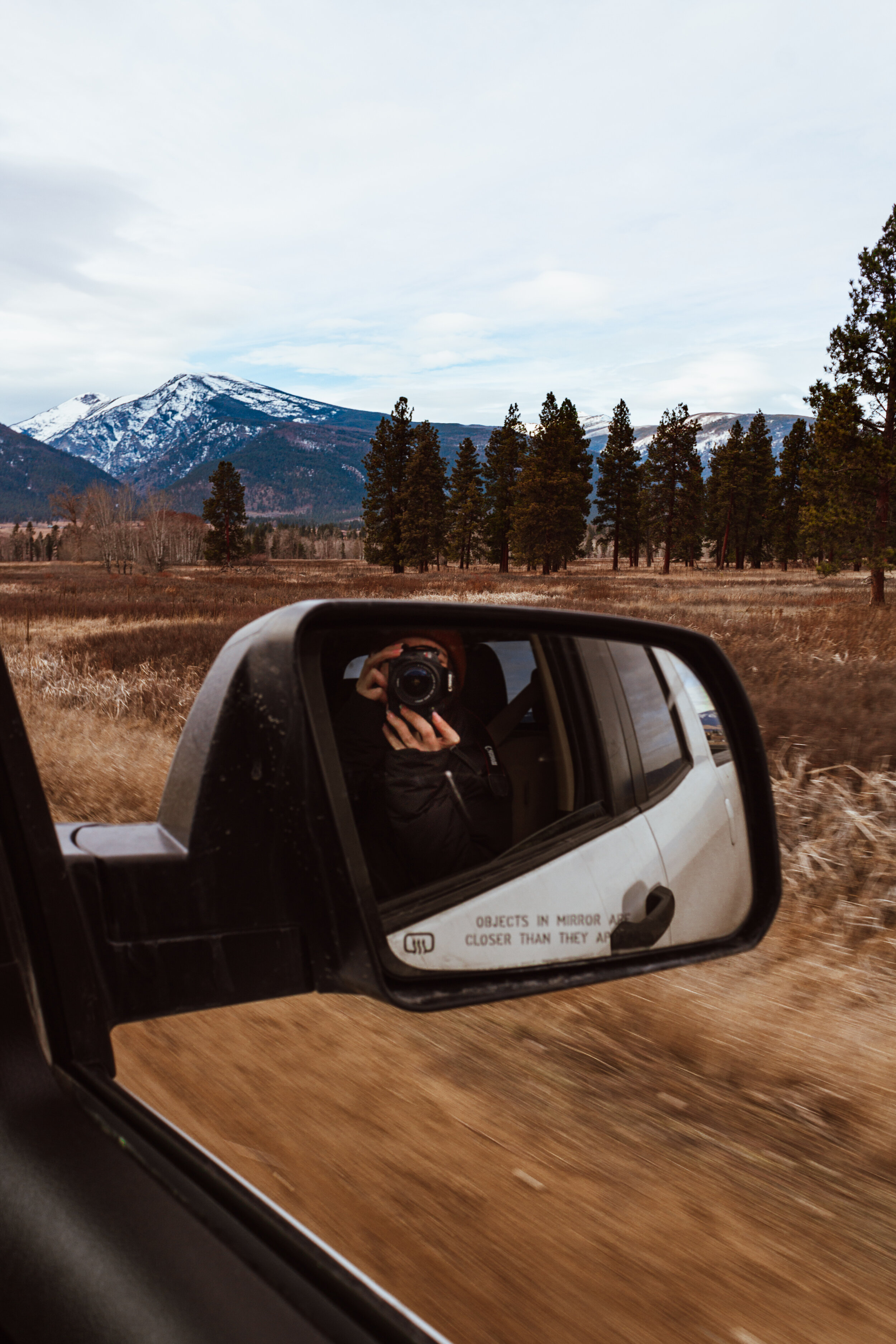how to plan a wintertime trip to the Bitterroot Valley, Montana
The Bitterroot Valley in Montana is truly an all-year-round destination, but with cosy bed and breakfasts, interesting museums, and plenty of snowsport activities, it’s an absolute must-visit in the wintertime.
The Bitterroot Valley is a great Montana destination all year-round, thanks to milder temperatures. Even a wintertime visit allows for all the outdoor recreation, beer tasting, and historical adventures a traveler could hope for— and yet, it flies under most tourists’ radars. The Bitterroot Valley is filled to its brim with fly-fishing, bird watching, and mountain hiking. To top it all off, it is home to a wealth of Montana history and Indigenous culture.
Grab your snowshoes. Pull on your base layers. Here are the details of how to plan a ~perfect~ wintertime trip to the Bitterroot Valley.
Disclosure: My time in the Bitterroot Valley was part of a partnership with Visit Bitterroot Valley. Thank you to all the local businesses that kindly helped support my stay. All opinions are my own.
indigenous history in the Bitterroot Valley ↴
When speaking about the Bitterroot Valley, and the United States in general, it’s important for travelers to recognize the Indigenous communities that existed in this area long before they were “discovered” by settlers. The Bitterroot Valley is the rightful spiritual and ancestral home of the Salish people. The valley gets its name from the small, pink plant that grows in the area and was a source of food for the Salish.
The first white men didn’t make their way to the valley until approximately 1805. Later, in 1842, Father DeSmet was invited into the valley at the request of the Salish. This is where DeSmet and his associates built St. Mary’s Mission three years later.
As talk and plans for reservations hastened, tensions grew. The Nez Perce people passed through the Bitterroot Valley on their way to Canada in an attempt to avoid the reservation but, ultimately, ended up fighting what is known today as the Nez Perce Indian War of 1877. This is noted as the only time the Nez Perce fought white settlers.
In 1891, Chief Charlo and the Salish people were forced from their homeland after living in peace with the settlers for 86 years. They are known as one of only a few tribes to never go to war with the white man. The Salish tribe traveled 66 miles, many on foot, to Flathead Reservation. This is part of the Trail of Tears, a series of forced relocations for approximately 100,000+ Indigenous people.
The Salish people still return to the Bitterroot Valley for an annual mass at St. Mary’s given in the Salish language.
where is the “Bitterroot Valley” ↴
The Bitterroot Valley is a stretch along the Bitterroot River in southwest Montana comprised of 6 {although sometimes people count 8} different towns. These towns include Florence {population: 770}, Stevensville {population: 1,800}, Hamilton {population 4,400} , Corvallis {population: 976}, Darby {740}, and Victor {population 700}. It’s just south of Missoula and approximately a 2.5-hour drive away from Kalispell {aka the gateway to Glacier National Park}.
how to get to the Bitterroot Valley ↴
Getting to the Bitterroot Valley is easily done by car, and that’s exactly how I recommend you make your way there! You can rent vehicles from any Montana airport you may fly into. The closest airport to the Bitterroot Valley is Missoula International Airport.
where to stay in the Bitterroot Valley ↴
As far as accommodation in the Bitterroot Valley goes, the Bitterroot River Bed and Breakfast ticked every single box for me— locally-owned and operated, homemade breakfast with a riverview, bonfire pit, comfortable bed with an ensuite bathroom, and location in close proximity to town while simultaneously being right on the river and near the mountains. There were so many details that made Bitterroot River Bed and Breakfast feel overly comfortable; from hot coffee being brought to my door every morning at 7:30AM to Montana-shaped chocolates waiting for me bedside. There were shelves of books and maps and in the lounge downstairs near the dining room. I played what few piano pieces I knew on the piano and popped a pin onto their guest map. The owners, Heather and Kevin, were so warm and welcoming, they felt like instant friends.
Book your stay | Bitterroot River Bed and Breakfast
where to eat + drink in the Bitterroot Valley ↴
Some of the best food I’ve had anywhere in Montana was consumed across the Bitterroot Valley in locally-owned establishments that surprised me in the best possible way. Spicy salmon for dinner, lentil yam hash for lunch, and craft beer throughout the day— what more could a girl ask for?!
Here are my favourite places to eat + drink throughout the Bitterroot Valley:
Red Rooster Artisan Bakery in Hamilton
Blacksmith Brewing Company in Stevensville
Bitter Root Brewing Company in Hamilton
The Catered Table in Stevensville
winter things to see + do in the Bitterroot Valley ↴
tour the Daly Mansion
Marcus Daly was born in Ireland and immigrated to the U.S. in the 1850s with few belongings and little money to his name. Over time, he obtained his citizenship and became a copper tycoon in what was then the “Montana Territory.” When Daly bought the homestead and farmhouse we now know as the Daly Mansion, it was meant to be his family’s summer residence. Thanks to thorough renovations and a number of remodels, the mansion today features 25 bedrooms and 15 bathrooms. In total, the Daly Mansion covers 24,000 square-feet. My tour of the mansion had me in awe of every detail, innovative solution, and impressive luxury afforded by this Montana household.
go bird spotting at Lee Metcalf Wildlife Refuge
Don’t just go bird watching; go bird watching in a wildlife refuge with well-kept, well-marked trails. The Lee Metcalf Wildlife Refuge is home to a reported 242 species of birds ranging from waterfowl to herons, swallows to sparrows. Even if you’re like me and aren’t a bird enthusiast, you’ll likely enjoy seeing the birds in such a beautiful, natural setting.
stop by St. Mary’s Mission
St. Mary’s Mission is considered by many to be the “place where Montana began”, and whether you agree or not, the history here makes St. Mary’s an absolute must-tour. Tours are run on a donation basis and run from early May to mid-September. Between the chapel, cabins, pharmacy, and burial grounds, you’ll have yourself a couple of hours well spent learning about how the Salish people and white settlers coexisted in this area for nearly 90 years.
snowshoe around Lake Como
You don’t have to go to Italy to say you’ve been to Lake Como! Instead, you’ll only need to drive outside of Hamilton, Montana. The snowshoeing around the lake is rumoured to be fab but, admittedly, when I visited in early February, there was no snow to be seen. This was surprising even to the locals I spoke with, including the snowshoe rental company I was meant to be partnering with! I slid around the frozen lake and hiked a few of the trails that surrounded it, sans snow gear.
try dogsledding
Dogsledding isn’t just for Alaskan Iditarod mushers racing from Anchorage to Nome. No, friends. You can, indeed, go dogsledding in the Bitterroot Valley {snow permitting}. Triple Creek Ranch is a luxury Montana resort that offers dog sledding for its guests, as well as non-guests on designated days. Kayak Kennels is another local dog sledding operator that runs canine excursions out of Lost Trails Ski Area.


















